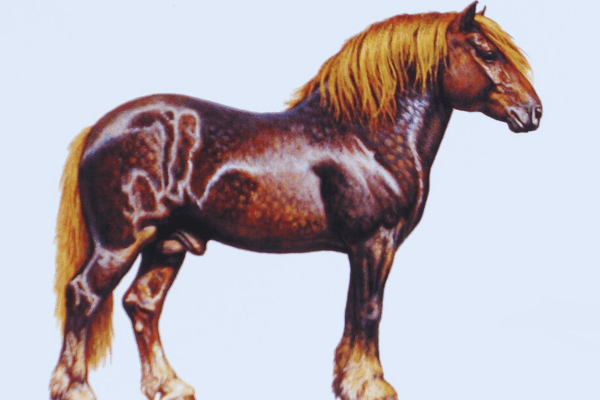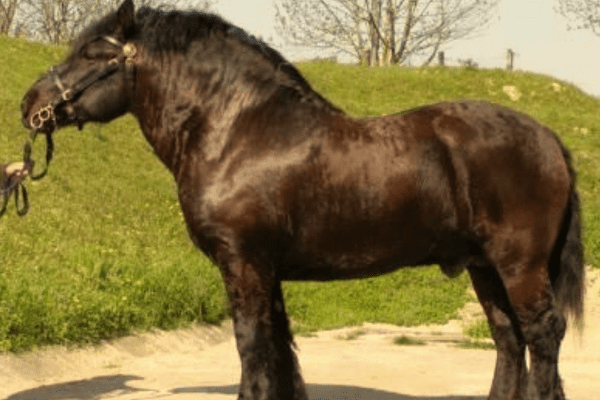Hailing from the picturesque landscapes of Hungary, the Murakoz Horse stands as a testament to resilience and adaptability. Renowned for its serene temperament, unwavering strength, and remarkable ability to thrive in resource-scarce environments, this breed has a storied history.
Originally, the Murakoz Horse was a steadfast partner in the fields, tilling the earth and supporting agricultural endeavors, including plowing. Yet, as modernization threatened its existence, the breed teetered on the brink of extinction.
History:
The Murakoz Horse is a breed with a fascinating past that dates back to early 20th century Hungary where they first emerged on farms along the Mura River as reliable farm companions.
Murakoz Horses were founded on native Hungarian mares known as Mir-Insulan, interbred with Norikers, Percherons, Ardennes and native Hungarian stallions for breeding purposes – these mares laid the cornerstone for the Murakoz lineage.
World War II cast a long shadow over this breed, leading to its population significantly shrinking. To restore vitality to this magnificent breed, Ardennes bloodlines were introduced, giving new life and strength.
Murakoz horses enjoyed immense popularity among farmers during the interwar years as arable farming spread throughout Southern and Eastern Europe, necessitating them more frequently for use than ever. Their numbers skyrocketed following World War I as their importance grew further evident within agriculture.
By the mid 1920s, Murakozi horses made up 20% of France’s equine population. But in 1947-49 was an important turning point in Murakozi history as 59 Ardennes stallions from Belgium arrived alongside 17 more from France; these new bloodlines quickly revitalized the breed’s fortunes.
In the 1970s, Murakozes reached another pinnacle in their history when an estimated 231,000 Murakozes worked tirelessly on Hungarian farms – comprising an astounding 80-85% of Hungary’s equine population!
World War II had an enormously destructive impact on Murakoz Horse numbers, leading breeders to introduce genetic diversity from other equine lineages in order to resuscitate this ancient breed and restore arable farming as a viable activity.
Murakoz Horse represents Hungary’s agricultural legacy in this tale of resilience and revival, embodying its spirit through equine heritage.
Temperament and Versatility:
These horses are widely renowned for their gentle temperaments, making them delightful companions for riders and handlers. Furthermore, their adaptability and resilience have allowed them to thrive even in challenging environments with limited food sources.


Economical and Industrious:
Murakoz horses are widely recognized for their economical feeding habits and make an economical investment for owners. Furthermore, their hardworking nature continues to make them valuable assets whether in agricultural settings or modern equestrian disciplines.

